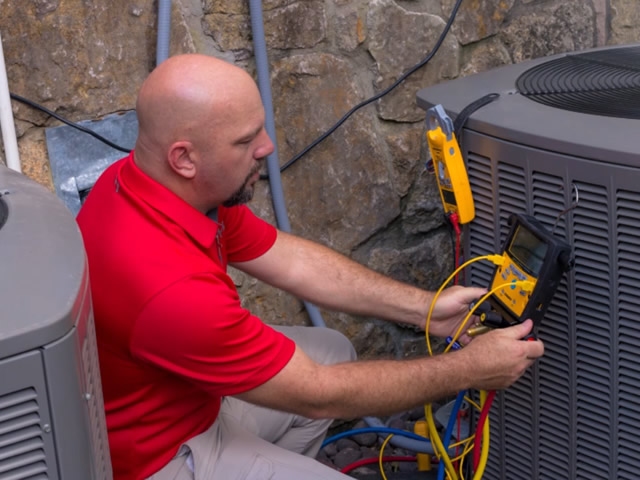In today’s fast-paced world, we’re constantly seeking ways to simplify our lives and reduce the demands on our time. Automatic bill pay is one such convenience that promises to make managing finances easier. With automatic bill pay, your recurring bills are paid automatically from your bank account or credit card, eliminating the need to write checks or manually initiate payments each month. While this hands-free approach offers several advantages, it’s essential to consider both the pros and cons before fully embracing automatic bill pay.
The Pros of Automatic Bill Pay
1. Convenience and Time Savings
One of the most significant benefits of automatic bill pay is the convenience it offers. Once set up, you no longer need to remember due dates or take the time to write and mail checks. Payments are made automatically on schedule, saving you valuable time and reducing the risk of late fees.
2. Avoid Late Payments
Late payments can harm your credit score and result in costly late fees or penalties. Automatic bill pay ensures that bills are paid on time, helping you maintain a positive credit history and financial stability.
3. Eliminate Human Error
Human error can lead to missed payments or incorrect amounts. With automatic bill pay, you reduce the risk of such errors, as payments are processed electronically according to the specified schedule.
4. Enhanced Security
Paying bills online through secure portals provided by banks or service providers is generally safer than sending paper checks through the mail. Automatic bill pay adds an extra layer of security by reducing the risk of check theft or fraud.
5. Streamlined Budgeting
Automatic bill pay can make it easier to budget your expenses. Knowing that specific bills will be paid automatically on certain dates allows you to allocate your remaining funds more effectively.
6. Environmental Benefits
Going paperless with automatic bill pay reduces the need for paper checks, envelopes, and postage stamps, which is not only eco-friendly but also reduces clutter in your home.
The Cons of Automatic Bill Pay
1. Loss of Control
While automatic bill pay simplifies the payment process, it can also make you feel less in control of your finances. With manual payments, you have the flexibility to review bills, make adjustments, or dispute charges before paying.
2. Overdraft Risk
If you don’t closely monitor your bank account balance, automatic bill pay can lead to overdrafts if there aren’t sufficient funds to cover the payments. Overdraft fees can quickly add up and negate the convenience of automatic bill pay.
3. Difficulty in Cancelling or Adjusting Payments
Canceling or adjusting automatic bill payments can be more challenging than setting them up. If you switch banks, change payment methods, or need to make changes to the payment amount, you may encounter delays or difficulties in making these adjustments.
4. Potential for Missed Changes in Billing
With automatic bill pay, you might miss changes in your billing statements. Service providers occasionally update terms, rates, or fees, and you may not notice these changes if you’re not actively reviewing your bills.

5. Inflexibility
Automatic bill pay is designed for recurring, fixed-amount bills. It may not be suitable for bills with variable amounts, such as credit card statements that fluctuate each month.
6. Forgotten Subscriptions
Subscription services, such as streaming platforms or gym memberships, can accumulate over time. If you’re not regularly reviewing your bank statements, you might continue paying for subscriptions you no longer use or need.
Tips for Using Automatic Bill Pay Wisely
To make the most of automatic bill pay while avoiding potential pitfalls, consider the following tips:
1. Regularly Review Statements
Even if you use automatic bill pay, make it a habit to review your statements regularly. This allows you to catch any unexpected charges, assess changes in billing terms, and confirm that payments are being made correctly.
2. Maintain a Buffer in Your Account
To avoid overdraft fees, keep a buffer of funds in your checking account. Ensure you have enough money to cover all your automatic payments, and consider setting up alerts for low balances.
3. Stay Organized
Maintain a list or spreadsheet of all your automatic payments, including the payment amount, due date, and payment method. This will help you keep track of your financial obligations.
4. Periodically Reevaluate Your Payments
Review your automatic payments periodically to ensure they align with your current needs and priorities. Cancel or adjust payments for services you no longer use.
5. Set Up Alerts and Notifications
Many banks and service providers offer email or text alerts for upcoming payments. These reminders can help you stay informed and in control of your finances.
6. Monitor Your Credit Score
Regularly check your credit score and credit reports to ensure that automatic bill pay is positively affecting your credit history. Address any discrepancies or inaccuracies promptly.
Conclusion
Automatic bill pay can be a valuable tool for simplifying your financial life and ensuring that your bills are paid on time. However, it’s essential to weigh the pros and cons and use this service wisely created by Design By Sully. By staying vigilant, monitoring your accounts, and remaining organized, you can enjoy the convenience of automatic bill pay while maintaining control over your finances.




